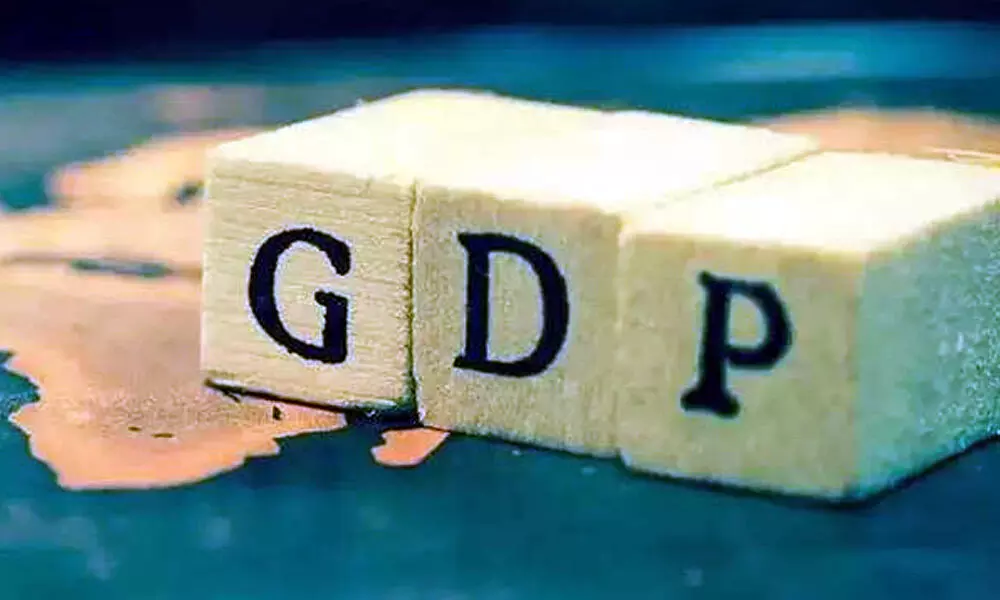IndRa lowers GDP growth forecast to 8.6%
NSO, which has forecasted 9.2% real GDP growth for the year, will release the second advance estimate of national income on Monday
image for illustrative purpose

It projected 9.2% earlier
Mumbai: India Ratings (IndRa) has revised downwards its GDP growth forecast for 2021-22 to 8.6 per cent from the consensus 9.2 per cent projected earlier.
The National Statistical Organisation (NSO), which has forecast 9.2 per cent real GDP growth for the year, will release the second advance estimate of national income on Monday. According to an India Ratings analysis, NSO is likely to peg the FY22 real gross domestic product growth at Rs 147.2 lakh crore. This translates into a GDP growth rate of 8.6 per cent, down from 9.2 per cent forecast in the first advance estimate released on January 7, 2022. The major reason for the likely downward revision is the upward revision of FY21 GDP to Rs 135.6 lakh crore in the first revised estimate of national income for FY21, which was released on January 31, 2022, the agency said. As a result, GDP for FY21 is improved to (-) 6.6 per cent from the provisional estimate of (-)7.3 per cent released on May 31, 2021.
Besides this, the second revised estimate of national income for FY20 stood at 3.7 per cent compared to 4 per cent projected earlier while the third estimate retained FY19 growth at 6.5 per cent. The growth rates of GDP drivers from the demand side namely private final consumption expenditure, government's final consumption expenditure, and gross fixed capital formation have undergone a change due to these revisions, and quarterly GDP growth numbers are also expected to undergo a change this year. As FY20 growth has been revised downwards, the agency now expects GDP growth of all the four quarters of FY20 to be lower than present estimates. This would mean a likely upward revision of FY21 and downward revision of FY22 quarterly GDP numbers.
Accordingly, the agency estimates Q1 and Q2 of FY22 may decline by 90-110 basis points than estimated earlier and the Q3 nd Q4 may come in at 5.6 per cent and 5.1 per cent, respectively, down from 6 per cent and 5.7 per cent estimated earlier. It takes about three years to finalise the final GDP data for a year. It starts with the first advance estimate and then is followed up with the second advance estimate, and then provisional estimate, the first revised estimate, second revised estimate and finally the third revised estimate, Sunil Kumar Sinha of the agency said.

